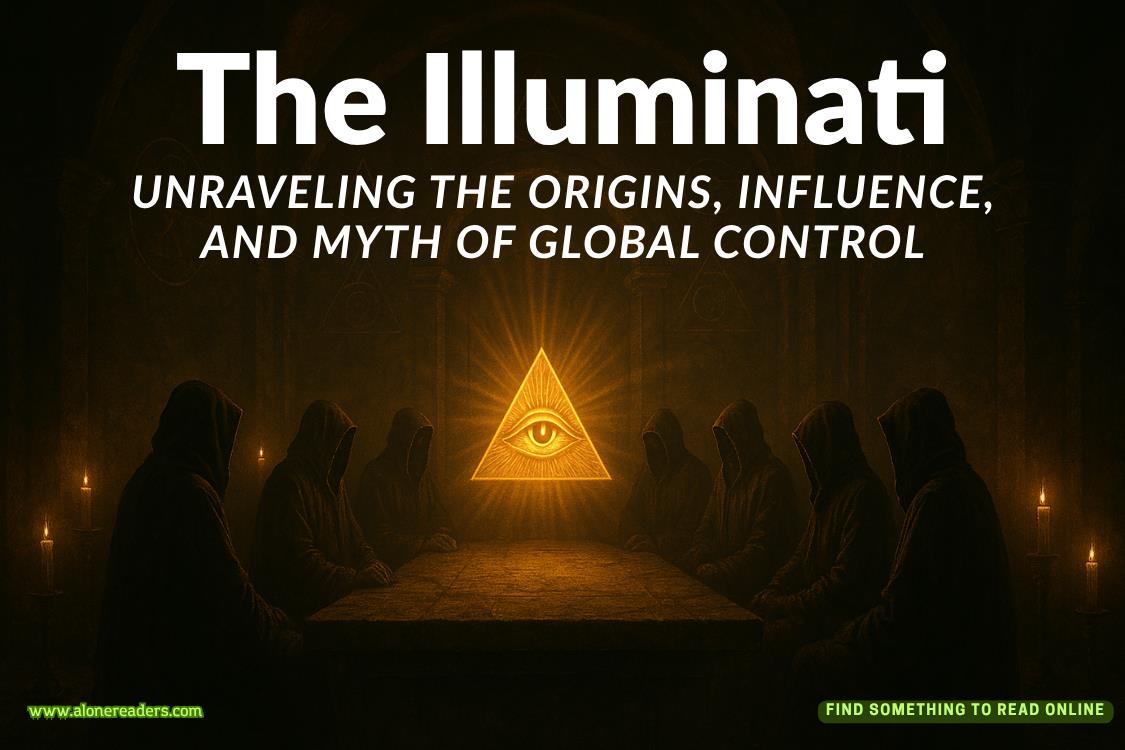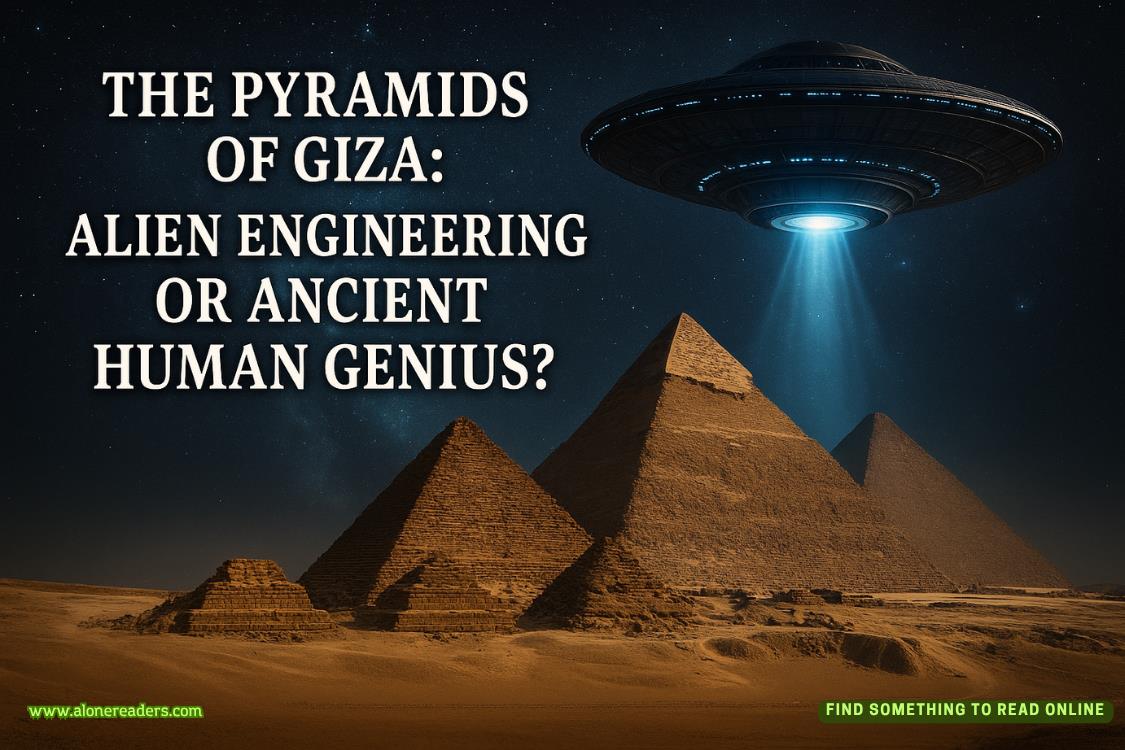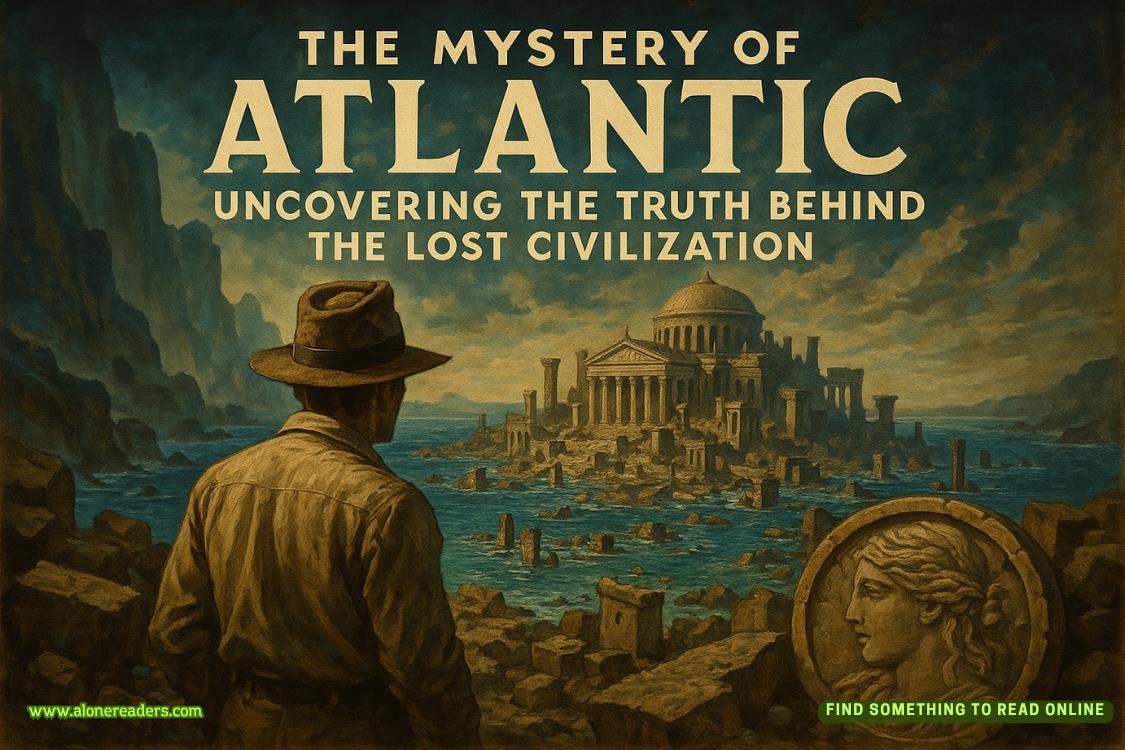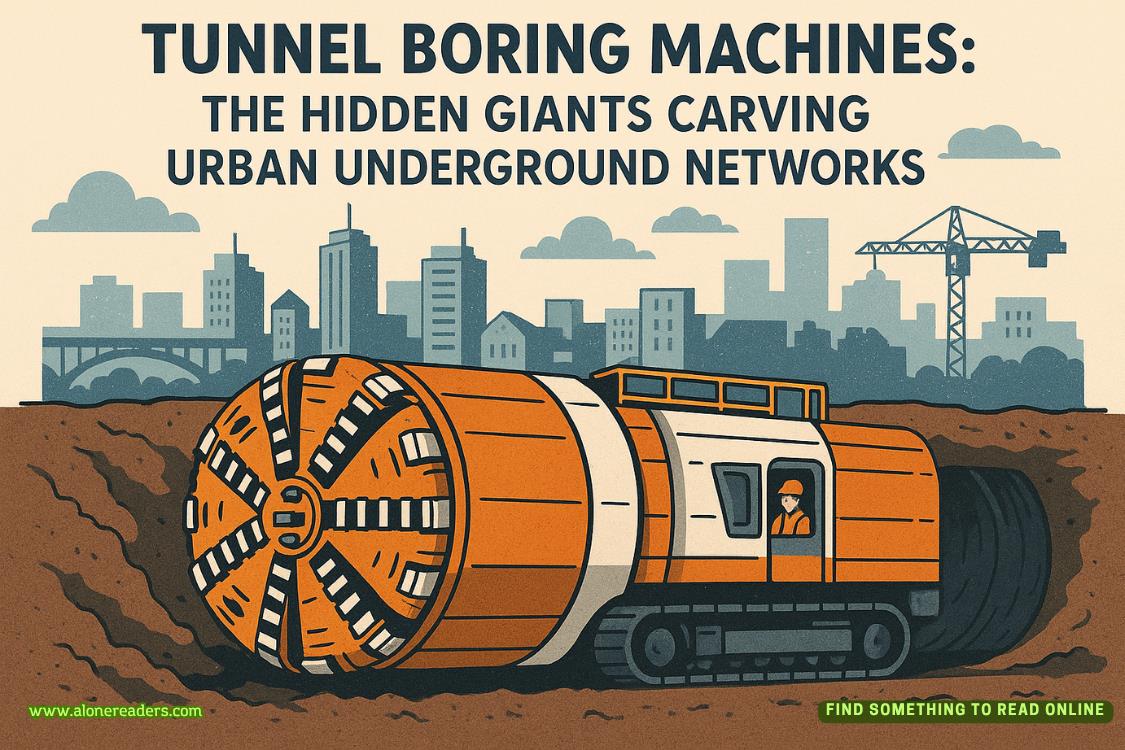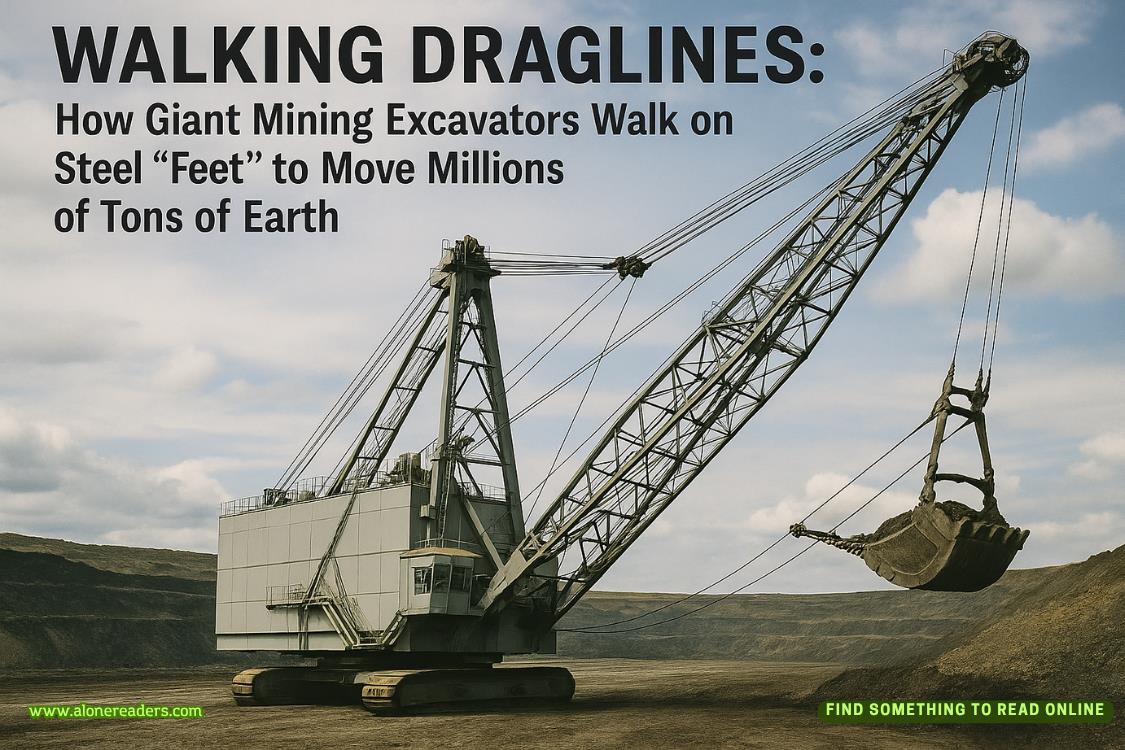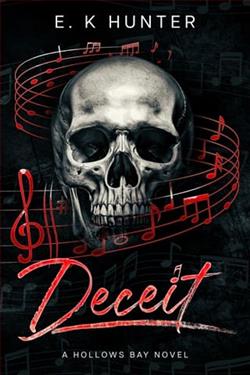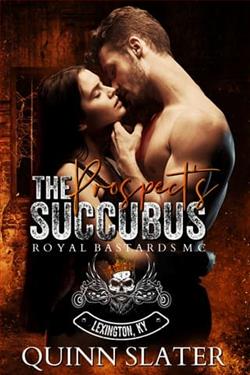Page 1 of Beautiful Evidence
1
ALESSIA
There isn’t an intake sheet, no signature logged—just a body zipped into a black vinyl bag, reeking of disinfectant. It’s not the first time an untagged body has shown up and probably won’t be the last. I don’t hesitate or dwell. Instead, I wash my hands, prepare my instruments, and focus on the task ahead. This is the job—methodical, controlled, and free of sentiment. Every motion is part of the procedure and I signed up for it.
The gurney waits in my suite by the time I push through the morgue doors. Light pulses from the overheads, flickering slightly. My badge shifts against my chest as I walk, a soft tap with every stride. I use it to swipe myself into the secure area.
The air snaps cold against my skin, saturated with bleach and citrus solvent, but beneath the surface, the scents of blood and decay curl through. Death never scrubs clean. It clings.
A morgue tech I don’t recognize is peeling off her gloves. She looks up at me and tosses them into the waste bin as I walk closer, then nods toward the gurney. "There’s no paperwork, and the body was transferred from Monteverde. He arrived withoutID, without personal effects. He’s being logged as a John Doe, and they need him processed before noon."
Whoever "they" are, it isn’t the police or any hospital. It’s the other kind of authority—the kind with teeth, with deep pockets, with the power to make problems disappear before the questions even begin. Men like my father.
I glance at the bag and already feel the nausea coil in my gut. Recognition lands before the zipper opens to reveal a face—Matteo Vescari. A foot soldier for the Bianchi Family—a runner. I saw him once, smoking outside a warehouse while my father negotiated leverage behind closed doors. He looked bored then. Now, he looks like an omen.
"Thanks," I grunt at the tech and force a plastic smile as she ducks out through the swinging double doors and I'm left alone.
I sigh hard and stare down at the half-open bag. I left that life behind a long time ago, and still it finds ways to come back and haunt me. It isn't the first time I've had to autopsy a victim like this, but that doesn't mean I'm comfortable with it.
His face is destroyed, bottom lip split open. Blood is crusted along one ear. His eyelids are swollen and purpled. Ligature marks circle his wrists, the skin beneath broken and red. His forearms are cut with defensive wounds. One finger bends the wrong direction, snapped through the knuckle.
It's not going to be easy to document all of these injuries, and I'm sure I'll find more as I process the body. Men like this ooze secrets as the work unfolds. I wonder what secrets Matteo has to share with me.
The overhead camera blinks red. I glance at it briefly and remind myself that everything I do here is on record. It’s meant toprotect us—me, the facility, the bodies. There’s no privacy in this line of work, and maybe that’s for the best.
I tie my hair back, pull on my gloves, and take a long breath to steady myself before I begin. My tools are laid out in perfect rows, each one gleaming under the light—scalpel, forceps, bone saw—all sterilized and ready.
I unzip the bag slowly and lift the edges down around the sides of the gurney. His skin is cold, pale, mottled with early signs of lividity. I check his pockets—empty, as expected. I swab for trace and log any external debris before beginning the external exam by removing his clothing. When I scrape under his fingernails, I collect dried blood—small, dark flakes that fall into the tray in an irregular scatter. It’s not his. The DNA will belong to someone else.
After finishing the preliminary notes, I wash the body down. I’ve done it a hundred times. The water is lukewarm, the cloth smooth against skin that no longer reacts. As I wash him down, the cloth drags over something unexpected. I stop and adjust the light, narrowing my focus.
There, on the surface of his abdomen, is a mark carved into the skin. It's shallow, clean, placed with intention. It doesn’t look like the work of frenzy or an accident. The depth is measured—just enough to leave a message without causing fatal blood loss. It’s intentional, a symbol I recognize instantly, carved like a calling card.
The carving forms a circle, bisected by a vertical line, with a jagged arc cutting across them both. I freeze in place as my breath tightens, every nerve pulling taut with recognition.
My lungs pull tight. I’ve seen this before, a memory buried so deep it shouldn’t have surfaced, but it does. I was twelve when I saw my father carve that same mark into a man’s chest and leave him to rot in the countryside. He thought I was asleep. He never knew I'd watched.
No one has used that symbol in over a decade, at least not to my knowledge. It belonged to a part of the syndicate long thought dead, a piece of the past meant to stay buried.
Why bring it back now?
I document the wound. My hands tremble slightly as I photograph the angles and measure the depth. The cuts weren’t rushed. They were slow, meticulous, meant to be understood. This doesn’t read like revenge for betrayal. It feels older, more personal—like a reminder sent to settle a score long left open, a warning etched into skin to keep the past alive.
Shaken, I switch to his hands to let myself relax a little. The wrists are torn where restraints were tightened past what is cruel. The bruises arc in neat crescents, left by ropes or zip ties. It doesn’t look like the calculated restraint of professionals. These marks feel personal—driven by rage, sharpened by impulse, left by someone who wanted him to suffer before he died.
My voice comes out in a whisper as I connect to this man's humanity and anchor myself in the reality that he was once a living breathing person. "Who were you fighting, Matteo?" I shake my head and realize I can't procrastinate any more. I have to return to the real work, so I dive into his chest cavity.
My scalpel slices through tissue and sinew. I use the bone saw and chest retractor to hold him open, and then I start my internal investigation.
His heart shows signs of rupture, the surrounding bruising consistent with a sharp, concentrated blow. In his stomach, I find remnants of pasta and tomato sauce, broken down just enough to suggest a recent meal. There’s alcohol in his system—cheap red wine—but no trace of sedatives or other drugs. Whatever happened to him, he was fully conscious when it occurred.
I stitch the incision closed, though I know it’s only for show.
The thread pulls tight. His chest puckers slightly beneath each loop. The overhead light hisses, the hum as thick as static. I sterilize the table and disinfect the work space, working methodically to eliminate every trace of the procedure. I gather his clothes into an evidence bag and seal it, then label the blood sample and place it with the others for refrigeration. I don’t generate a report, and I don’t enter his name. I have to think carefully about how to handle this first.
I sit with the file open for a long time, the name staring back at me—placeholder text, nothing real yet. I don’t input anything and I don’t finalize the record. Instead, I close the file without saving and lock the sample drawer myself.
Matteo Vescari won’t show up in any system. His name won’t trigger a search. Officially, he never passed through my lab—yet.
